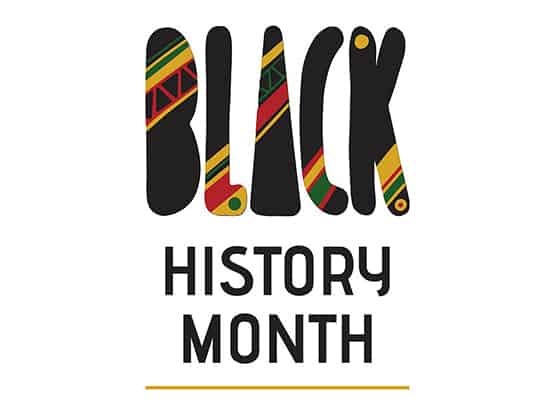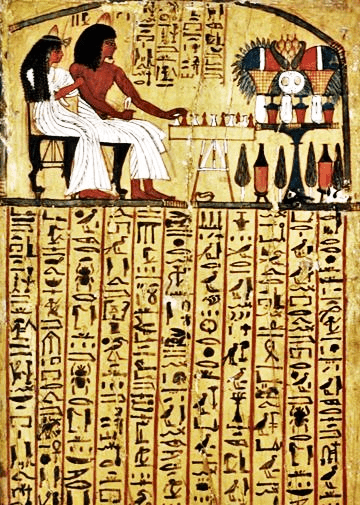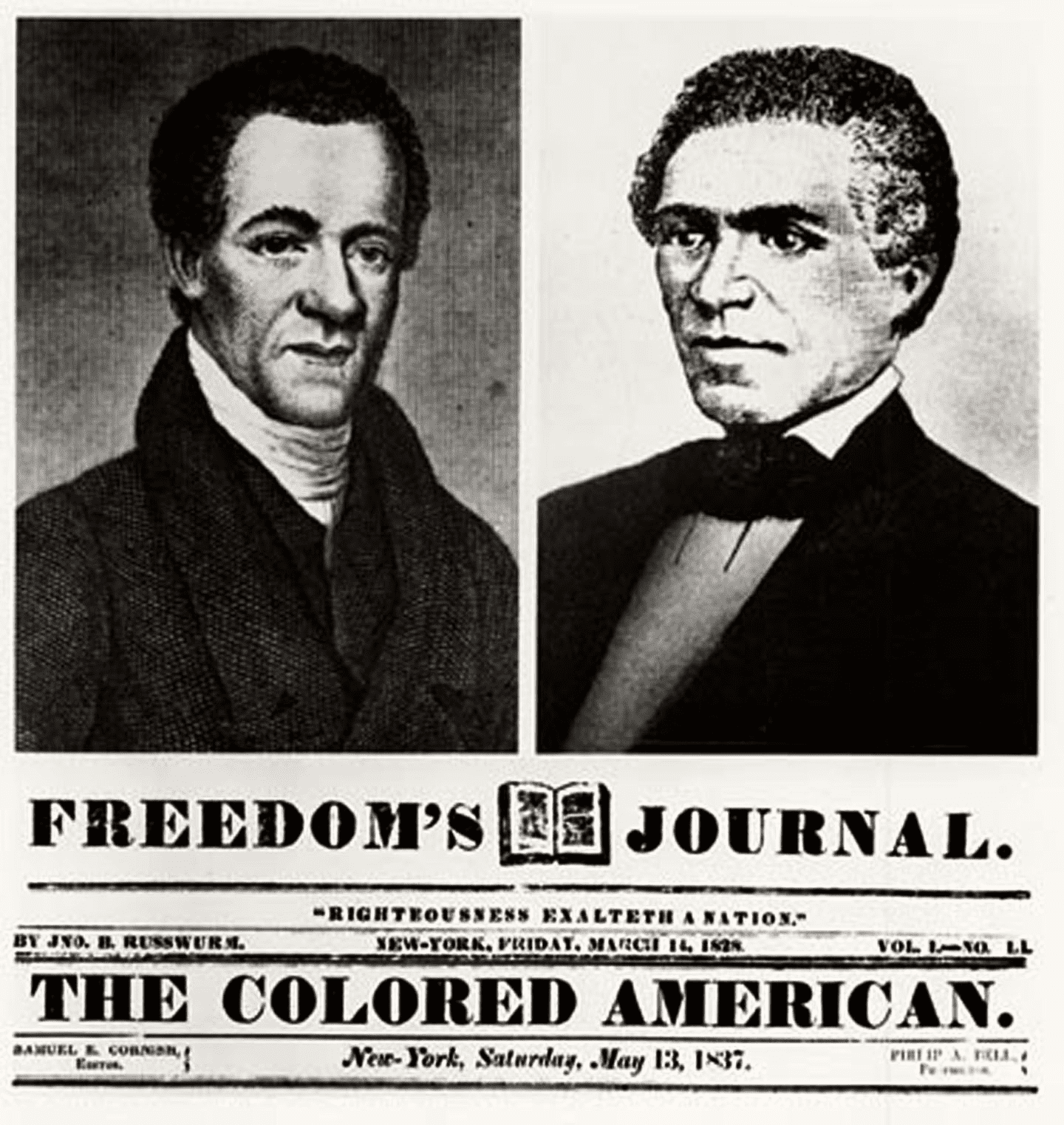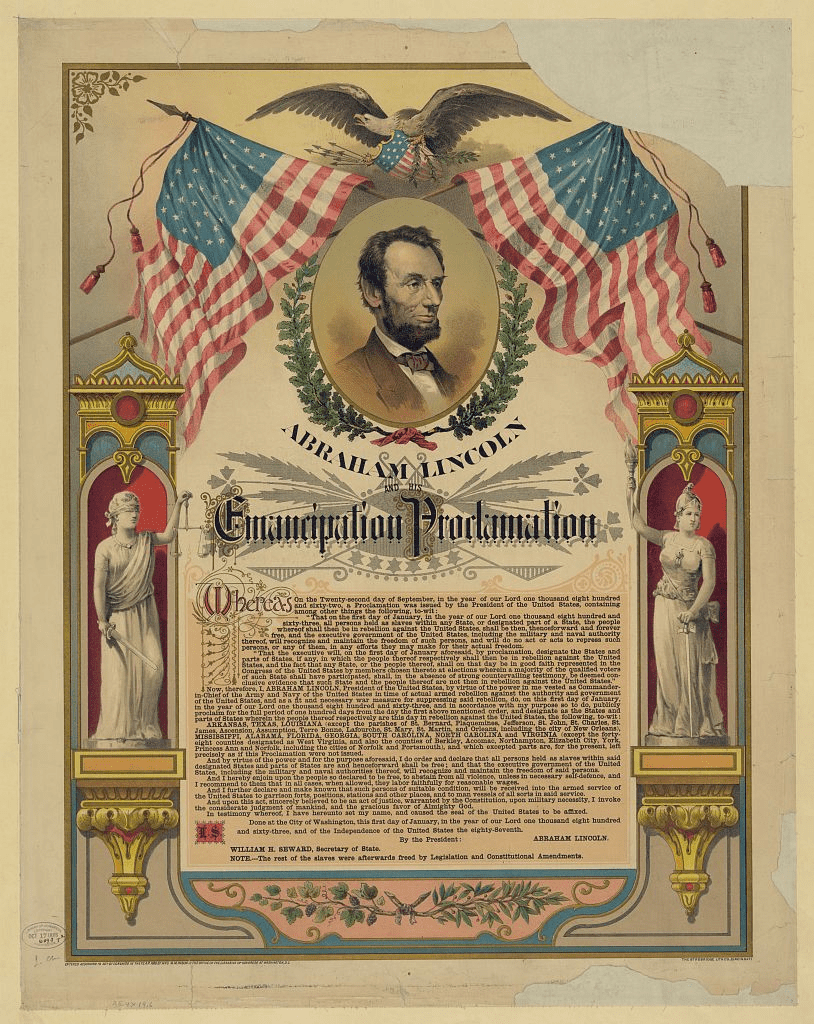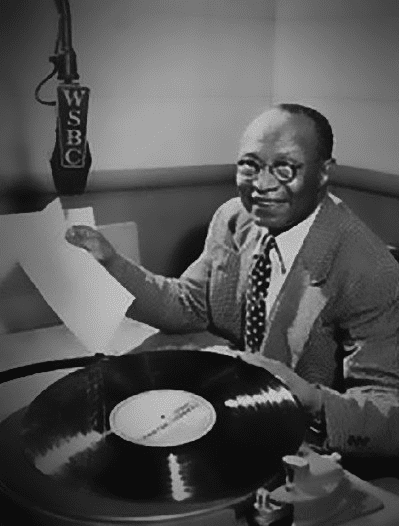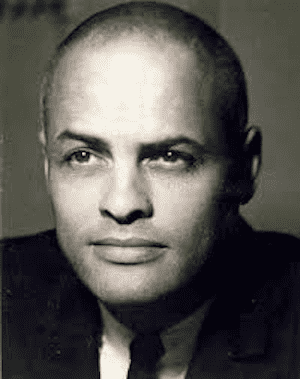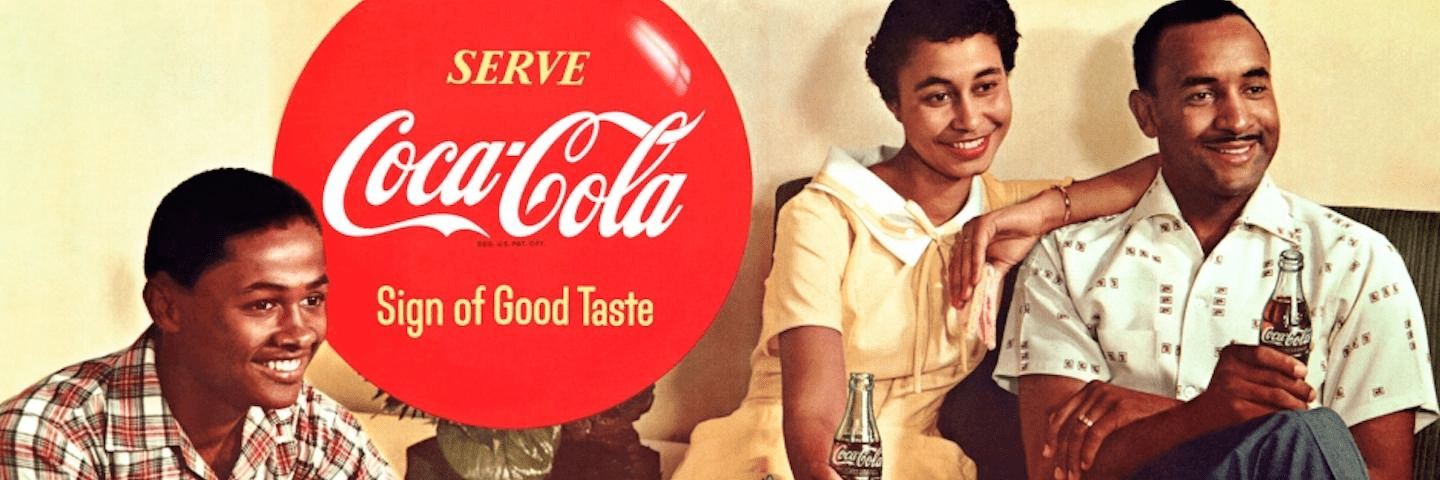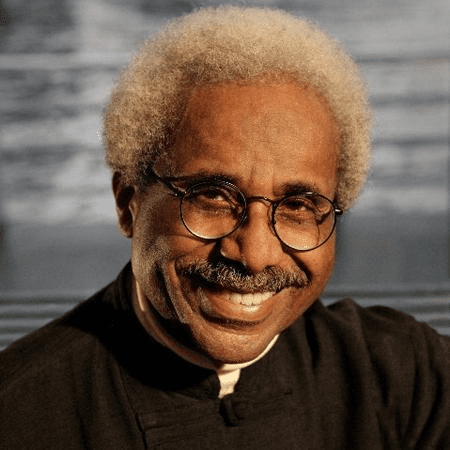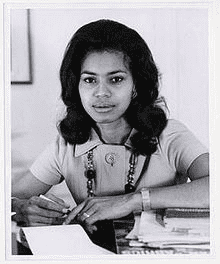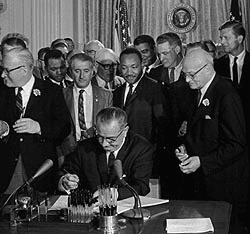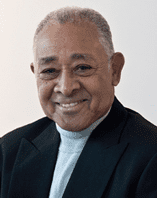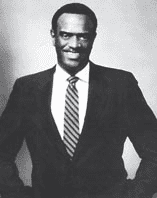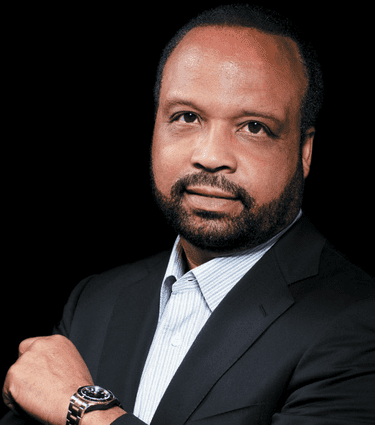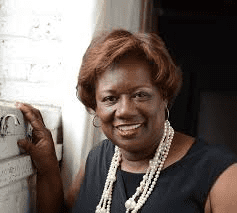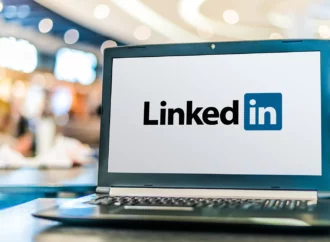In honor of Black History Month, here’s a timeline that acknowledges the numerous black voices that used the evolution of media to date. According to The Museum of Public Relations, the development of human communication dates back as far as 37000 BC with the use of cave drawings. Throughout history and the use of
In honor of Black History Month, here’s a timeline that acknowledges the numerous black voices that used the evolution of media to date.
According to The Museum of Public Relations, the development of human communication dates back as far as 37000 BC with the use of cave drawings. Throughout history and the use of technological advancements, human communications have evolved to where we are today – in the era of digital media.
Through the development of various inventions that provided platforms for some to spread their word, it often silenced those who were not considered equal at the time. However, through the resilience and determination of several voices within the African American community, their voices prevailed and inspired many to march forward towards equality in America. They created pamphlets, newspapers, novels, art, and radio to give voices to the community.
In honor of Black History Month, we would like to take the time to honor the numerous black voices throughout history who, through evolving communication, helped shaped the marketing and advertising industry to where it stands today.
Earliest of times
4000 - 3000 BCE
One of the oldest depictions of communications dates back to Africa – specifically ancient Egypt with their use of hieroglyphics and the creation of papyrus.
Egyptian Hieroglyphic writing is a system that uses characters in the form of pictures often found on temple walls, tombs, jars, and public monuments in Egypt. These hieroglyphs were commonly written by royalty, priests, and officers to communicate prayers, worship details, life after death, royal documents, biographies, and magical texts.
4000 - 3300 BCE
Age of Print
1440
In Mainz, Germany, Johannes Gutenberg created the printing press, revolutionizing mass printing production. This resulted in a dramatic increase of access to knowledge and information to the public in Europe.
1440
1760
The Industrial Revolution initiated an age of consumerism in America. Mass production made industries engage with a growing consumer market. This gave producers a need to develop products and ways to inform the public about their services. Thus, the age of marketing in the media began to grow in America.
1760
1827
Samuel Cornish and John Russwurm created America’s first black newspaper, Freedom’s Journal, in New York. The periodical contained foreign and domestic news, editorials, advertisements, biographies all within the local African American Community. The newspaper circulated in eleven states, the District of Columbia, Haiti, Europe, and Canada.
1827
1845

Frederick Douglass, an African American statesmen, former slave, and leader of the abolitionist movement, began publishing an anti-slavery newspaper, the North Star, in Rochester, NY. Douglass was inspired to create The North Star after subscribing to The Liberator, a weekly abolitionist newspaper started in 1831 by William Lloyd Garrison.
The North Star‘s motto states “Right is of no Sex – Truth is of no Color; God is the Father of us all, and we are all brethren.” The paper itself, focused on current events concerning abolitionist issues, an occasional feature article, editorials, book reviews, poetry, and the final page was devoted to advertisements.
1845
1893
Nancy Green became the face of the Aunt Jemima pancake mix, making her the first Black corporate model in the US. Green was born a slave in Montgomery County, Kentucky and would later go on to be a storyteller, cook and missionary.
The company’s initial imagery and branding was inspired by the southern “Mammy” stereotype after the creators saw a vaudeville show in which a performer in blackface sang “Old Aunt Jemima”.
Aunt Jemima’s logo is one of the longest running in the history of American advertising. The image of Aunt Jemima changed 6 times before its official retirement was announced in 2020.
1893
Age of Mass Media
Through the use of communication technology like the telephone, phonograph, motion picture cameras and long-distance communications – the era of advertising and mass media made literacy and entertainment easily attainable for many in America.
During the age of mass media, the African American community sought to give a more positive platform to black voices and imagery throughout the years.
1910
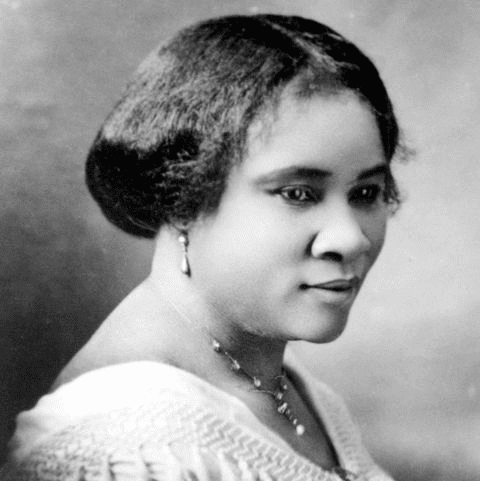
Image Source
Madam CJ Walker established her headquarters for Madam C.J. Walker Manufacturing Company in Indianapolis.
Thanks to her widely popular products and aggressive marketing strategy, placing advertisements in African American newspapers, her business became successful and made her the first female self-made millionaire in America.
1910
1929
The first radio program to feature African American performers exclusively premiered on American Broadcast Radio on WSBC in Chicago. “The All-Negro Hour” was hosted by former vaudeville performer Jack L. Cooper. He was the city’s first black sportscaster, newscaster, and radio executive.
1929
1940
James Albert “Billboard” Jackson became the first black member of the American Marketing Association. He is recognized for his work as the first African American editor in Billboard magazine and as the first African American to work for Esso Standard Oil Company as a marketing specialist in public relations.
1940
1942
NAACP Executive Director, Walter White, worked with politicians and studio executives to create an ad hoc committee with major production studios to monitor the image and portrayal of African Americans on screen.
1942
1945
Ebony magazine was founded by John H Johnson, who created the magazine to address African American issues, refute stereotypes and honor black identity.
1945
1945
Georg Olden began working at CBS and went on to supervise the graphic identities for programs like “I Love Lucy”, “Lassie” and “Gunsmoke”.
He is often credited for pioneering contributions to the field of television graphics and for leading the way for future African American designers.
1945
1948
Jax Beer, a pre-prohibition brewery, aired one of the first African American television commercials called “Whistle Up A Party“.
1948
1955
Mary Alexander became the first African American woman to appear in a Coca-Cola advertisement published in Ebony Magazine. Mary used the money from the modeling job to pay for a full year of her college tuition.
1955
1955
Roy Eaton was hired by the firm Young and Rubicam, making him one of the first African Americans in advertising. He worked as a copywriter and a composer at Y&R and produced over 75% of the agency’s music for clients like Chef Boyardee’s Beefaroni, Gulf Oil, and Kent Cigarettes.
1955
1956
Vince Cullers, former promotional art director for Ebony magazine, became fed up with his inability to land a job in advertising due to his skin tone and created his own advertising firm alongside his wife, Marian Barnett Cullers.
Vince Cullers Advertising, Inc. was the first black-owned advertising agency in the United States and the first to actively target the African American market.
1956
1963
Caroline Robinson Jones began her advertising career at J. Walter Thompson CO as a secretary and a copywriter; she would later climb the ladder to become a creative director at the firm. In 1968, she would go on to work for Zebra Associates, one of the nation’s first African American advertising agency and would help found other advertising firms as well.
She went on to work alongside companies like Campbell Soup Company, Kentucky Fried Chicken, Good-Year, and Anheuser-Busch.
1963
1964
President Lyndon B. Johnson, during a televised ceremony, signed the Civil Rights Act into law. The act gave the federal government more power to protect citizens against discrimination based on race, religion, sex or national origin. It mandated the desegregation of most public accommodations, including lunch counters, bus depots, parks, public restrooms and established the Equal Employment Opportunity Commission (EEOC) to ensure equal treatment of minorities in the workplace.
1964
1968
Marian Barnett Cullers and her husband, founder of Vince Cullers Advertising Agency, received their first major client Lorillard Tobacco Company and were tasked with creating the Newport cigarette campaign. This same year they were chosen to market the Johnson Products Company’s Afro-Sheen product line.
1968
1969
Byron E. Lewis Sr established UniWorld Group, Inc., the nation’s oldest multicultural advertising agency. Lewis later expanded the agency and created UniWorld Entertainment in 1977, UniWorld Hispanic (Unimundo) in 1980, and UniWorld Healthcare in 2002.
Prior to creating his advertising empire, Lewis was initially hired as an advertising sales rep at Call and Urbanite Magazine, became the eventual VP of Amalgamated Publications, and was the director of advertising for Tuesday magazine from 1963 to 1968.
1969
1970
Barbara Gardner Proctor, after leaving a Chicago advertising agency, founded her own agency Proctor & Gardner. She was the first black woman in the United States to create her own ad agency and it grew into a multi-million-dollar company. She had no previous experience as a chief executive.
1970
1972

The United Negro College Fund (UNCF) partnered with the Ad Council to launch a public service advertising campaign to support the fund. The campaign slogan, “A Mind is a Terrible Thing To Waste,” has remained for more than three decades and is considered part of the American vernacular.
1972
1977
Frank L. Mingo, alongside Caroline Jones, founded Mingo-Jones advertising. Prior to creating this firm, Mingo was the first black executive at J. Walter Thompson Co.
Their most popular campaign was the creation of the slogan, “We Do Chicken Right!” for Kentucky Fried Chicken. The slogan gained enough traction for the chain to use it in its national ad campaigns.
1977
Age of Digital Media
In this time in media, the barriers have been broken by previous African American marketing legends and new ways to reach target audiences have evolved along with technology.
As the age of information began in the 1980s, many black-owned advertisement agencies headed campaigns that have affected our perception of popular brands and celebrities.
1986
Carol H Williams founded Carol H Williams Advertising (CHWA), the longest-running independently-owned African American agency in the U.S. She was the first female and African American director and VP at Leo Burnett before creating her own agency.
Williams created some of the most memorable advertising campaigns throughout her career like the Pillsbury campaign, “Say Hello to Poppin’ Fresh Dough” and Secret Antiperspirant’s campaign, “Strong Enough For a Man, But Made For a Woman”.
1986
1993
The Black Public Relations Society of Washington was founded. Their ultimate mission was to unite and increase the active participation and employment of African-Americans in the professional practice and study of public relations.
1993
1993
Esther “E.T” Franklin joined Leo Burnett Advertising as Vice President and Planning Director for various Phillip Morris brands like Marlboro USA.
At Leo Burnett, she helped launch several corporate trend initiatives including, LeoShe, Foresight Matter and 20Twenty Vision, focused on the female consumer and the twenty-something audience.
With her 20+ years of experience, Franklin has pitched a series of successful campaigns to Macy’s, Marriott International, Southwest Airlines and many more. She has received numerous honors for advertising.
She was named AdAge “Women to Watch” and received the “Changing The Game” honor from Advertising Women of New York (AWNY). She was also identified as Black Enterprise‘s Top Executives in Advertising & Marketing.
1993
1996
Sam Chisholm, renamed the Mingo Group the Chisholm-Mingo Group. Chisholm took over the CEO position for the Mingo Group after Frank L Mingo Jr. passed in 1989. He would go on to add public and community relations to the ad agency and it grew to be one of the five firms to be a part of the ad campaign for the 2000 census.
1996
1998

The National Black Public Relations Society (NBPRS) was officially founded in California. Their focus is on peer-to-peer support, mentorship, networking, job opportunities, internships, and career advancement strategies for professionals engaged in corporate, government, agency, non-profit, and private practice.
1998
2001
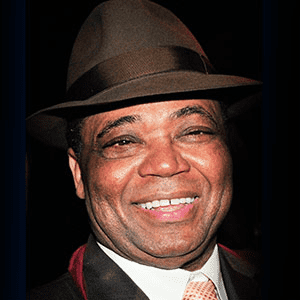
Image Source
J. Melvin Muse, founder and CEO of Muse USA since 1986, published his novel The Shaman Chronicles, Book One: The 7 Senses of Multicultural Marketing. The novel discusses how marketers can benefit from a deeper understanding of ethnic media during strategy planning and provides seven “senses” to help understand that specific marketing dynamic.
Muse’s process is dubbed “The Zone of Commonality” which allows a diverse work staff to craft strategic multicultural advertising all under one roof rather than separated by culture. The shift to “Total Marketing Advertising” strategies is widely used today thanks to Muse’s innovative thinking and vision.
2001
2002
Donald Alvin Coleman, former NFL player and founder of Don Coleman Advertising, merged with Hispanic agency Montemayor y Ascociados and Asian agency Innovasia Communications to form GlobalHue Advertising.
As President and Chief Executive Officer of GlobalHue, his clients included DaimlerChrysler Corporation, Verizon Wireless, and the United States Navy.
2002
2003
Priscilla Clarke launched Clarke & Associations in Washington D.C, a firm that specialized in public relations, event planning, entertainments and media relations. She is currently the sitting president and CEO.
Her clients have included Black Entertainment Television (BET), the Congressional Black Caucus Foundation, the National Media Association, the National Council of Negro Women, the Urban League, Boys and Girls Club of America, and Tuskegee Institute.
Her celebrity clients include the late Jonny Cochran, Shaquille O’Neal, Beyonce Knowles, and Robert Townsend.
She was also named one of the “Fifty Influential Minorities in Business” by Minority Business & Professionals Network, Inc. in 2003.
2003
2004
Thomas J Burrell was inducted into the Advertising Hall of Fame. Throughout his lifetime, Burrell has become a nationally acknowledged leader in the advertising world.
He began his career while still attending Roosevelt University. During his senior year he began a copywriter position at Wade Advertising. He eventually worked at Foote Cone & Belding where he was copy supervisor and spent some time working at their London office location.
He went on to found Burrell Communications group in 1971 and worked with big name clients like McDonalds, Coca-Cola, Kmart, Polaroid, and the American Association of Retired Persons.
2004
2005
Coltrane Curtis creates the branding firm, Team Epiphany. His clients over the years included Timberland, Nike, Pepsi and EA sports.
2005
2008
Patricia Andrews-Keenan, founded The Tallulah Group, a PR, communications, media relation, and community affairs firm, she served as President and Chief Strategist.
Her clients included Quarles & Brady, LLP, Merit Medical, Chicago State University, IlliniCare, LINK Unlimited, Columbia College Chicago, C. Cretors & Company, and the 100 Black Men of Chicago.
Andrews-Keenan has received numerous awards for her community relations work, including a Silver Anvil and Gold Anvil from the Public Relations Society of America, as well as several Beacon Awards from the Association of Cable Communicators (ACC).
2008
2009
NAACP partnered with civil rights law firm of Mehri & Skalet, launched its Madison Avenue Project aiming to “reverse the widespread, entrenched discrimination against African American professionals employed in the advertising industry.”
They released reports that showed African American college graduates were earning 80% as much as their equally qualified white colleagues. The report also revealed only 5.3% of managerial and professional marketing positions were held by African Americans.
2009
2010
Steve Stoute was chosen as “Innovator of the Year” by AdColor.
As the CEO of Translation, Stoute’s clients include McDonald’s, Coca-Cola and Budlight. He has worked alongside celebrities such as Lady Gaga and Jay Z, and his company was behind the campaign for the Net’s move from New Jersey to Brooklyn, N.Y.
2010
2011
J.D. Michaels, a senior vice president director of tactile production and creative engineering at BBDO New York, reveals the campaign for the promotion of the HBO series Game of Thrones in Hollywood.
As a producer and project manager of the promotion, BBDO revealed a five-story tall “Ice Wall” poster during the day and a projection brought to life at night accompanied with dramatic surround sound.
2011
2012
Monique Nelson was appointed as chairman and CEO of UniWorld Group Inc. Nelson’s career began at Paper in Kaukauna, Wisconsin, before joining Motorola where she was the global lead executive for entertainment marketing. Nelson joined UniWorld in 2007 as a senior account executive.
Nelson’s mantra, “You can’t do well and not give back”, is her inspiration to volunteer with various charities and organizations to help community development and professional mentorships.
2012
2015
Jeffrey L. Bowman published his novel, Reframe the Marketplace: The Total Market Approach to Reaching the New Majority. This book serves as a guide to readers to recognize the underserved market and how to reorganize your enterprise to align with newer opportunities.
Bowman is considered one of advertising’s most recognized pioneering thought leaders and practitioner on the Total Market approach. He was the former Senior Partner and Managing Director at Ogilvy & Mather and is the current CEO and founder of his brand, Reframe.
2015
2017
Kim L. Hunter was inducted into PRWeek’s “Hall of Fame”. Hunter is the current CEO of Lagrant Communications, a multi-million-dollar integrated marketing communications agency based out of California.
With over 36 years of experience, Hunter has worked on a number of popular corporate brands including American Airlines, Walmart, Starbucks, General Motors, Verizon and many more.
2017
2020
Netflix appoints Bozoma “Boz” Saint John their new Chief Marketing Officer after Jackie Lee-Joe leaves her position.
Saint-John’s 20-year experience spans through multiple industries including entertainment, consumer packaged goods, fashion, sports and automotive. Her track record includes several leadership positions in big name companies including: Endeavor, Uber, Apple Music and iTunes, as well as Pepsi-Cola North America.
2020
Making Strides for Diversity and Inclusion
There are many marketing and advertising professionals who have influenced how we remember popular brands thanks to their resilience and creative minds. This timeline may have recognized the majority of those who have incorporated their creativity, but there are some professionals we may have missed in our hours of research.
While the market has adapted over the decades, the industry itself still is not as diverse as we think. Just recently, 600 black advertising professionals signed a petition demanding action to end the systemic racism and prejudice that exists within the industry using 12 steps highlighted in an open letter.
Though the industry has come a long way from where it started, there is still a way to go for a larger diversified industry. But marketing has always had a say in how we perceive and think about our society and how it works. So, as we move forward together, marketers around the world are developing better ways to represent and recognize people of all creeds, colors and cultures.
Want more information about Dream Factory Agency?
Contact us here…

